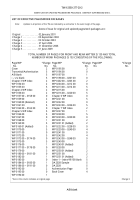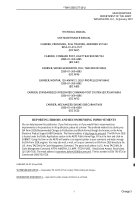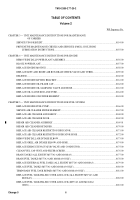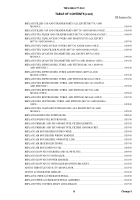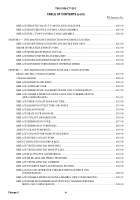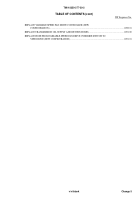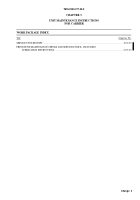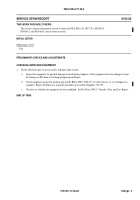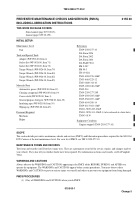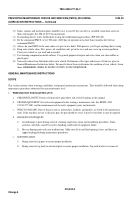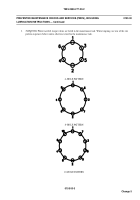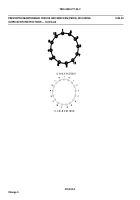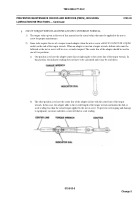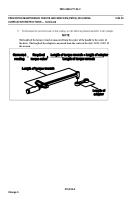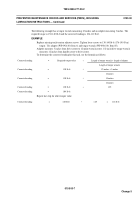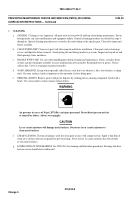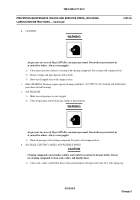TM-9-2350-277-20-2 - Page 22 of 783
TM 9-2350-277-20-2
PREVENTIVE MAINTENANCE CHECKS AND SERVICES (PMCS), INCLUDING
LUBRICATION INSTRUCTIONS — Continued
0155 00
(2) Name, caution, and instruction plates shouldbeeasytoread
.Iftheyaredirtyorcorroded, clean them, and coat
them with lacquer. See TM 43-0139 for instructions.
(3) If something doesn’t work, troubleshoot it using the troubleshooting procedures (WP 0006 00).
(4) Do the semiannual PMCS every 1500 miles (2400 km) of operation or no later than 6 months after the last
semiannual PMCS.
(5) Always do your PMCS in the same order so it gets to be a habit. With practice, you’ll spot anything that is wrong.
(6) Keep your vehicle clean. Dirt, grease, oil, and debris only get in the way, and may cover up a serious problem.
Clean your vehicle as you work and as needed.
(7) Use cleaning compound on metal surfaces. Use general purpose detergent and water when you clean rubber or
plastic parts.
(8) You need to know how fluid leaks affect your vehicle. Definitions of the types and classes of leaks are given in
General Maintenance Instructions below. You need to know them to determine the condition of your vehicle. Learn
them. REMEMBER: WHEN IN DOUBT, NOTIFY YOUR SUPERVISOR!
GENERAL MAINTENANCE INSTRUCTIONS
SCOPE
This section contains safety warnings, guidelines, and general maintenance instructions. They should be followed when doing
maintenance procedures authorized for unit maintenance level.
1.
PREPARATION FOR MAINTENANCE
a.
PERSONNEL SAFETY.
Practice all shop safety procedures and read all warnings in this manual.
b.
PROPER EQUIPMENT.
Get tools and equipment before starting a maintenance task. See RPSTL (TM
9-2350-277-24P), and the maintenance task for tools, equipment, parts, and materials.
c.
WHAT TO DISCARD.
Parts to discard, such as lockwashers, locknuts, and gaskets, are listed in the maintenance
tasks
.Ifthestepdoesnotsaytodiscardapart,the part should be saved. It may be used later or may be repaired.
d.
HANDLING TECHNIQUES.
1)
Avoid damage to parts during removal, cleaning, inspection, repair, and installation procedures. Nicks,
scratches, and dents caused by careless handling could result in equipment failure.
2)
Dirt can damage parts and cause malfunctions. Make sure all air and fluid openings, lines, and hoses are
capped or plugged during maintenance procedures.
e.
IDENTIFICATION.
1)
During removal, tag parts to ensure proper installation.
2)
During removal, tag leads on electrical parts to ensure proper installation. Tag each lead as it is removed.
0155 00-2
Change 5
Back to Top

